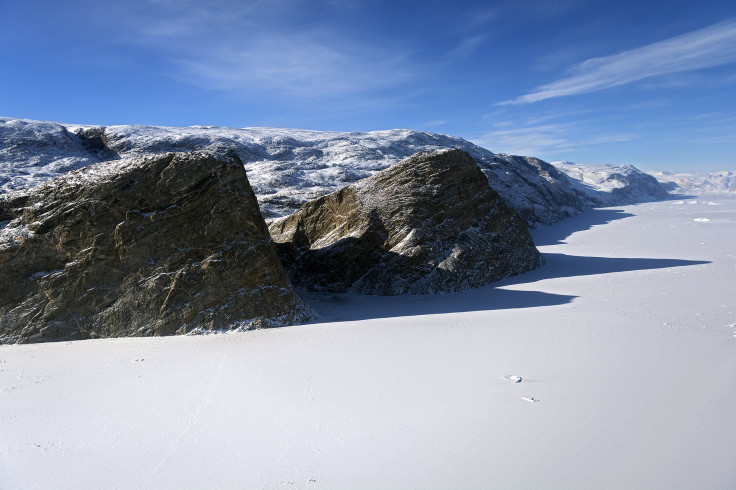Greenland Could Contribute More To Sea Rise Than Previously Expected As Deep Valleys Connect Ice Cap To Ocean

Greenland’s ice cap, which has been found to be highly vulnerable to climate change, could pose an even greater danger and contribute significantly more to a rise in sea levels than previously estimated, according to the findings of a new study.
The new study, published in the journal Nature Geoscience on Sunday by researchers from the University of California - Irvine, or UCI, and NASA, revealed deep, previously uncharted valleys stretching for dozens of miles under the Greenland Ice Sheet and connecting to the ocean. And, when subtropical Atlantic waters hit the fronts of glaciers, the study concluded, those edges will erode much farther than previously thought and release far greater amounts of water, pushing up ocean levels to new highs.
“The glaciers of Greenland are likely to retreat faster and farther inland than anticipated – and for much longer – according to this very different topography we've discovered beneath the ice,” Mathieu Morlighem, an associate project scientist at UCI, and the study’s lead author, said in a statement. “This has major implications, because the glacier melt will contribute much more to rising seas around the globe.”
As part of the study, Morlighem developed a method that offers a broad view of Greenland's entire periphery, which includes rugged, rocky subsurface, descending as much as three miles beneath the thick ice cap. Since 2009, measurements of Greenland's topography have also tripled, thanks to NASA’s Operation IceBridge mission, which aims to monitor changes in polar ice from a fixed-wing aircraft. However, according to Morlighem, while NASA's data provided a fuller picture than did earlier radar readings, there were still major gaps between the flight lines.
And, to reveal the full subterranean landscape, Morlighem designed a new “mass conservation algorithm,” which combined previous measurements of the ice's thickness with information on the velocity and direction of its movement as well as estimates of snowfall and surface melt.
Examining all the data, the researchers determined that what appeared to be shallow glaciers at the very edges of Greenland are actually long, deep fingers stretching almost 65 miles inland.
“We anticipate that these results will have a profound and transforming impact on computer models of ice sheet evolution in Greenland in a warming climate,” the researchers said, in the statement.
© Copyright IBTimes 2024. All rights reserved.












